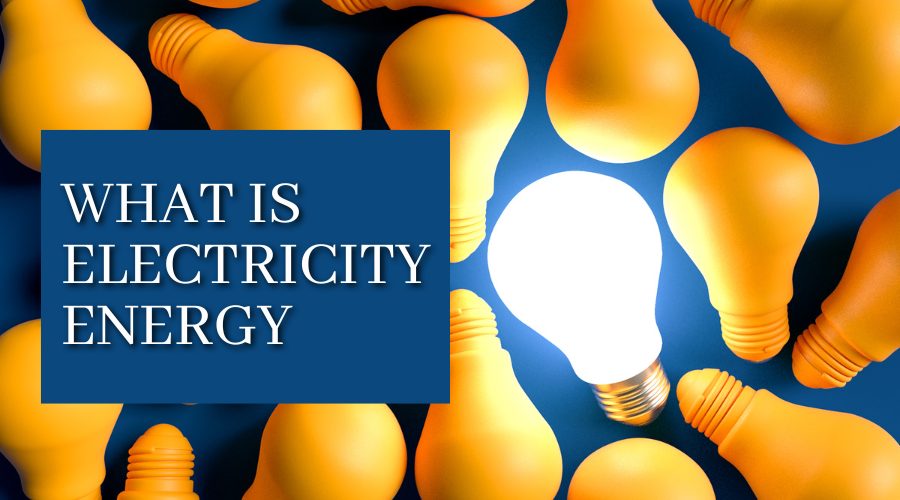This is a guide to an understanding of what is electricity energy. The invention of electricity has changed the world as we know it. It has allowed for technological advancements and changes that have improved our lives in ways we could never imagine.
Without electricity, we would still be using candles and fire pits to light our way, and many medical procedures would not be possible. The history of electricity is a story of innovation and creativity, and it is indeed the most significant thing that has ever happened to humanity.
Electricity is an energy source that is generated by the movement of electrons through a conductor. Electricity can be used to power devices, like lights and appliances, or it can be converted into other forms of energy, like heat or motion.
Electricity is an essential part of modern life and is used in everything from hospitals to factories. In order to understand electricity, you need to know about its energy sources and how it is created.
What is energy and what is its definition?
What is energy? Energy is the ability to do work. It can be stored as chemical or electrical energy in cells, or it can be used to power machines. Energy is essential for life and for everything that depends on it-from muscles to factories. It can be converted from one form to another, such as heat, light, or motion.
Energy is what makes things move. For example, when you jump, your energy makes you jump. Energy is what makes the sunshine. It’s what makes plants grow. And it’s what powers all of our machines.
Energy is the ability of a physical system to do work. It can be thought of as the capacity for doing work, or the amount of energy that an object or system has to do work.

Energy is measured in joules (J). The SI unit of energy is the joule (J). One joule is equal to the energy it takes to raise 1 kg from ground level to 1 m above ground level, or 4.18 newtons. The unit symbol for joules is J.
In classical mechanics, energy is conserved between isolated systems. This means that the total amount of energy in a system never changes over time, no matter what happens to individual particles within the system. In quantum mechanics, however, this conservation law does not always hold true.
Energy is the ability to do work. It can be found in many forms, such as heat, light, motion, and electric current. Energy can also be stored in devices like batteries or capacitors.
What is Electricity Energy?
Electricity is energy that is made up of tiny electrical charges. Electricity can be used to power everything from lamps to computers, and it’s one of the most important sources of energy in our lives. In fact, without electricity, we couldn’t live very long!
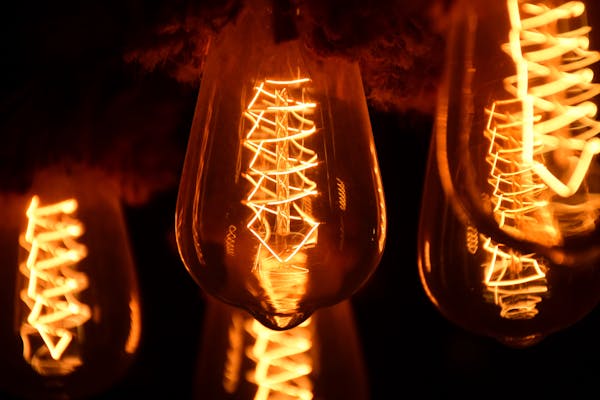
Electricity is energy that is generated by the movement of electrons through an electric current. Electricity can be used to power devices, such as lights and appliances, or it can be converted into other forms of energy, like heat or motion.
Electricity is the force that creates an electric current through a conductor, such as a wire. Electric energy is the ability of a physical entity to produce or transfer energy through the motion of charged particles.
Electricity is created when a substance, like water or air, is slowly heated until it reaches its boiling point. The heat from the boiling liquid vaporizes the liquid’s molecules and creates tiny particles called electrons. These particles are able to move freely through materials because they have a lot of energy.
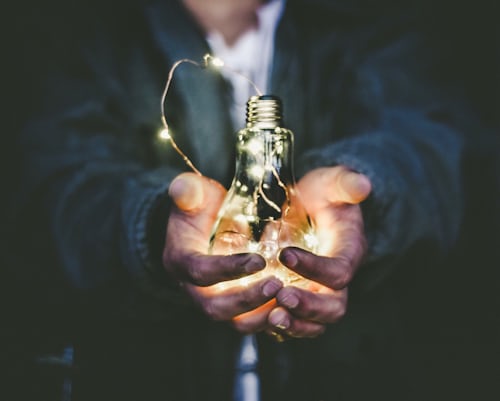
Electricity is the movement of electrons through a conductor such as a wire. Electricity is used to power appliances and machines, and it is also used to power electrical networks. Electricity can be created from different sources, including natural gas, coal, oil, and nuclear energy.
Electricity is energy that is used to power machines and devices. It is created from the movement of electrons through a conductor, such as an electric wire. Electricity can be generated from a variety of sources, including solar, wind, and hydroelectric power.
What are the different types of electricity Energy?
Electricity can be classified in many ways, but the most common way to classify it is by source. Electricity can come from fossil fuels, like coal and oil, or it can come from renewable sources, like solar and wind.
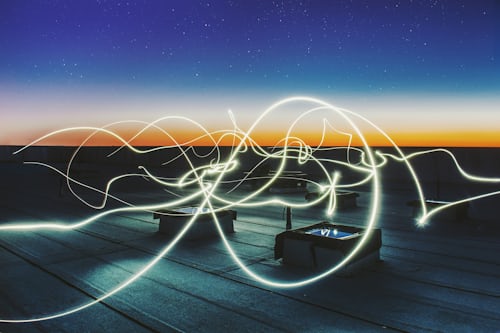
There are many different types of electricity. Some common types of electricity are:
- -AC (alternating current) is made up of small, short bursts of voltage that travel along a cable and then switch direction often. This type of electricity is used in homes, schools, and offices.
- DC (direct current) is a steady flow of voltage that runs through wires without switching directions. This type of electricity is used in lamps, power tools, and cars.
- Solar energy converts the sun’s rays into electrical energy that can be used to power devices like phones and laptops.
Another way to classify electricity is by how it is used. Electric utilities distribute electricity to consumers through an electric grid. Electric grids use different technologies to dispatch power when it’s needed most: during peak hours when demand is highest, or at night when demand is lower.
Electricity can also be classified by the type of energy it contains primary energy (like fossil fuels) or secondary energy (like solar and wind). Primary energy sources are more difficult and expensive to convert into a usable form, while secondary sources are easier and cheaper to turn into electricity.
- Learn more about ” What are The Two Types of Electricity in The New World “
What is the difference between electricity and gas?
Electricity and gas are two types of energy. Electricity is produced when electrons flow through an electric circuit. Gas is produced when molecules, or atoms, move through a gas-filled space.
Electricity and gas are two types of energy. Electricity is generated when electrons flow through a wire. Gas is generated when hydrogen and carbon dioxide react to create water vapor and heat. Electricity travels in circuits while gas moves around in the atmosphere. Electricity can be used to power things like lamps, computers, and appliances, while gas is used to cook food or power vehicles.
Electricity is easier to store than gas. Electricity can be stored in batteries or power plants. Gas can only be stored in tanks or pipelines.
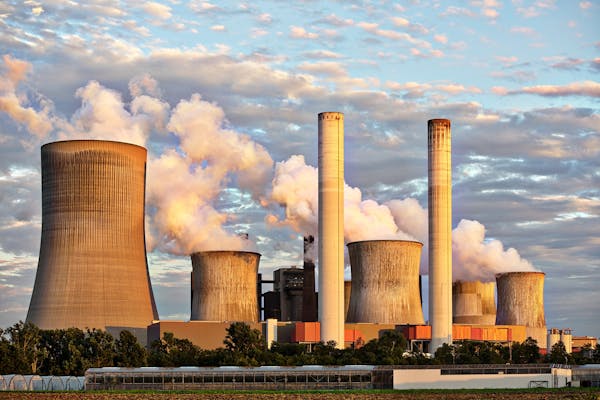
Electricity can travel long distances without losing energy. Electric power lines can stretch across the country. Gasoline needs to be pumped from the ground and distributed to people’s homes.
Gasoline engines run on gasoline, which is a type of fuel that’s easy to store and transport.
Electricity and gas are two different types of energy. Electricity is more efficient and can be transmitted over longer distances, while gas is cheaper and easier to use. Electricity is the future of energy, while gas will remain a mainstay for many years to come.
How is electricity produced?
Electricity is produced by the conversion of energy from other forms into electricity. There are three main ways to produce electricity: thermal, nuclear, and solar. Thermal methods include using fuels such as coal, gas, oil, and wood to heat water or steam which then turns turbines that produce electricity.
Nuclear power comes from the splitting of atoms to create energy which is then used to turn turbines that generate electricity. Solar power comes from the sun’s energy being converted into electrical currents through photovoltaic cells or panels.
Electricity is one of the most important aspects of modern life. It powers everything from lights to appliances, and without it, we would be limited in what we could do. Electricity works by moving charges around through an electric circuit.
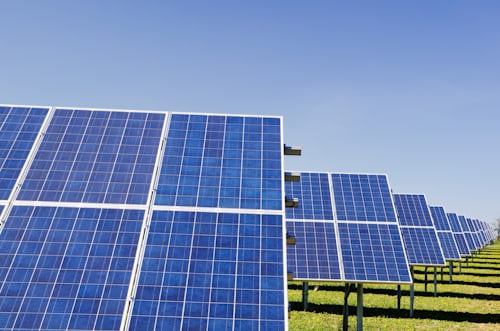
When two pieces of metal are connected to an electric current, the electric current can flow through the metal and create a magnetic field. This magnetic field causes a force on objects inside it, pushing them towards the metal wires and creating electricity.
Electricity works by moving electrons through an electronic device. In order for electricity to flow, you need an electric current. Electric currents are created when two wires are connected and a current flows through the wire.
What are the different uses for electricity energy?
Electricity is a type of energy that can be converted into other forms of energy such as heat, motion, or light. There are many different types of electricity and each has its own unique characteristics. Here are three types of electricity: common, industrial, and nuclear.
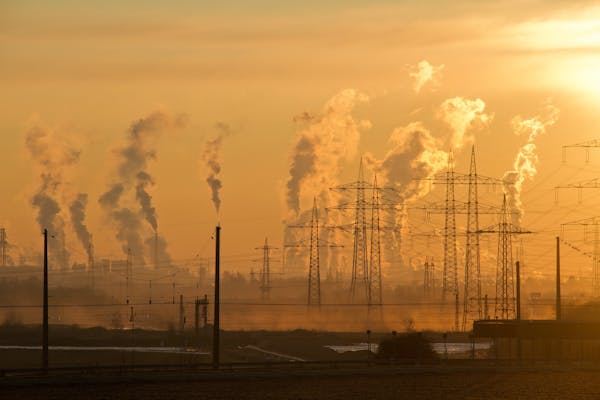
- Common electricity is the kind you use in your home. It comes from sources like solar panels or wind turbines and is usually converted to heat or motion.
- Industrial electricity is used in factories and other places where large amounts of energy are needed quickly. It comes from sources like coal or oil and usually converts to heat or motion very quickly.
- Nuclear electricity is the most powerful type of electricity and it comes from sources like uranium mines. It can convert to heat, motion, or light very quickly but it also has some dangerous side effects.
What are the risks associated with using electricity energy?
Electricity energy is one of the most commonly used sources of energy in the world.
However, this source of energy comes with a number of risks that should be considered before using it. Some of these risks include the possibility of being injured or killed by an electric shock, the risk of being harmed by a fire caused by an electricity outage, and the pollution that electrical energy can cause.
Electricity is the most commonly used energy source in the world. However, there are several risks associated with its use. Here are some of the most common:
Electricity can be dangerous if it’s not properly handled. For example, if electricity hits something else while it’s being transferred, that Something Else could get electrocuted.
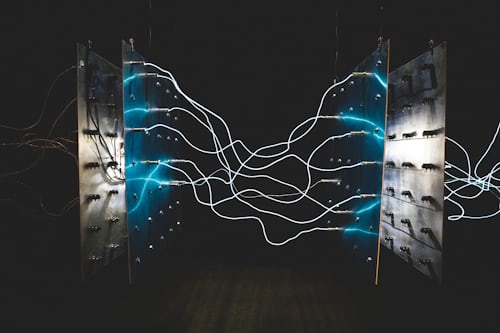
Electricity can also be dangerous if it’s not properly installed or maintained. For example, if there’s a problem with the wiring in your home, then electricity could start flowing through the walls and cause serious damage.
Electricity can also be dangerous if it’s not properly sourced or generated. For example, if you’re using electricity from a power plant that was built before safety standards were updated, then there’s a risk that the electricity could contain harmful pollutants and chemicals.
It is important to weigh these risks against the benefits of using electricity before making a decision about whether or not to use it.
Electricity energy is a viable option for both residential and commercial users. However, there are risks associated with its use, which should be taken into account when making decisions about whether or not to use it. These risks can include the potential for fire, damage to property, and electric shock
The future of electricity: Renewable resources, storage, and more
The future of electricity is looking more and more like renewable resources, storage, and more. Renewable energy is increasingly becoming the future of electricity. More and more people are recognizing the benefits of renewable resources, such as solar and wind power, and are looking to switch to them in order to create a more sustainable future. One of the most important aspects of renewable energy is storage.
Renewable energy has the potential to fill a large portion of the global energy needs in the coming decades, while also reducing our dependence on fossil fuels. However, there are some challenges that need to be addressed before this can become a reality.
For example, renewable energy sources like solar and wind typically produce power only when the sun or wind is shining or blowing. This means that they must be integrated into the grid in order to be used, which can be difficult if there is not enough space for them on the power grid.

Storage devices can help to smooth out fluctuations in energy production from renewable sources, making them an essential part of a sustainable grid. Additionally, advances in technology are increasing the viability of using other types of renewables, such as biomass, geothermal, and ocean power.
Storage technologies could help solve this issue by storing excess electricity from renewables so that it can be used when it’s needed most. Additionally, research is being done on new ways to generate electricity from renewable sources like water and geothermal energy.
Ultimately, the future of electricity will be determined by the ability to find and deploy cost-effective ways to use renewable resources together with storage technologies that can deal with fluctuations in energy production.
Conclusion
Electricity is energy created by the movement of electrons through an electrical conductor. Electricity has many uses, including powering devices, lighting up lamps and buildings, and even powering cars. Electricity is essential for modern life, and we can thank Thomas Edison for creating it more than a century ago.
In conclusion, electricity is the most important energy in our lives. It is responsible for powering all of our electronics, appliances, and vehicles. Understanding where electricity comes from and how it works is key to making informed decisions about our energy use.

